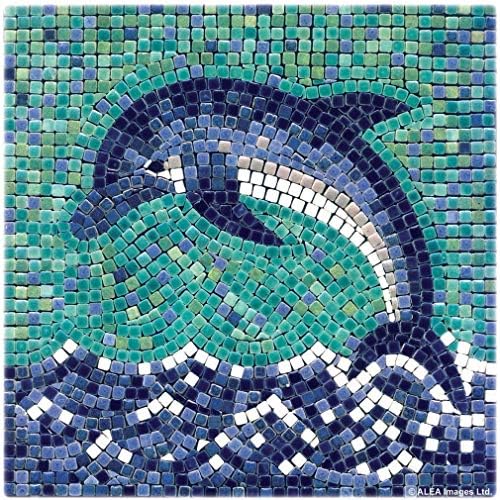Stamp: Paphos Mosaics - Orpheus, 3rd cent. A.D. (Cyprus 1989)
Paphos Mosaics - Orpheus, 3rd cent. A.D. (Cyprus 1989)
01 January (Cyprus ) within release Mozaieken goes into circulation Stamp Paphos Mosaics - Orpheus, 3rd cent. A.D. face value 18 Cypriot cent
| Stamp Paphos Mosaics - Orpheus, 3rd cent. A.D. in catalogues | |
|---|---|
| Michel: | Mi:CY 738 |
Stamp is horizontal format.
Also in the issue Mozaieken:
- Stamp - Paphos Mosaics - Orpheus, 3rd cent. A.D. face value 18;
- Stamp - Paphos Mosaics - Nymphs, 4th cent. A.D. face value 20;
- Stamp - Paphos Mosaics - Portrait of Crete, 4th cent. A.D. face value 2;
- Stamp - Paphos Mosaics - Centaur and Maenad, 4th cent. A.D. face value 3;
- Stamp - Paphos Mosaics - Poseidon and Anymone (3rd cent. AD) face value 4;
- Stamp - Paphos Mosaics - Apollo, 4th cent. A.D. face value 7;
- Stamp - Paphos Mosaics - Apollo and Daphne, 3rd cent. A.D. face value 1;
- Stamp - Paphos Mosaics - Cupid, 5th cent. A.D. face value 3;
Stamp Paphos Mosaics - Orpheus, 3rd cent. A.D. it reflects the thematic directions:
Music is an art form and cultural activity whose medium is sound organized in time. The common elements of music are pitch (which governs melody and harmony), rhythm (and its associated concepts tempo, meter, and articulation), dynamics (loudness and softness), and the sonic qualities of timbre and texture (which are sometimes termed the "color" of a musical sound). Different styles or types of music may emphasize, de-emphasize or omit some of these elements. Music is performed with a vast range of instruments and vocal techniques ranging from singing to rapping; there are solely instrumental pieces, solely vocal pieces (such as songs without instrumental accompaniment) and pieces that combine singing and instruments. The word derives from Greek μουσική (mousike; "art of the Muses"). In its most general form, the activities describing music as an art form or cultural activity include the creation of works of music (songs, tunes, symphonies, and so on), the criticism of music, the study of the history of music, and the aesthetic examination of music. Ancient Greek and Indian philosophers defined music as tones ordered horizontally as melodies and vertically as harmonies. Common sayings such as "the harmony of the spheres" and "it is music to my ears" point to the notion that music is often ordered and pleasant to listen to.
A musical instrument is a device created or adapted to make musical sounds. In principle, any object that produces sound can be considered a musical instrument—it is through purpose that the object becomes a musical instrument. A person who plays a musical instrument is known as an instrumentalist. The history of musical instruments dates to the beginnings of human culture. Early musical instruments may have been used for rituals, such as a horn to signal success on the hunt, or a drum in a religious ceremony. Cultures eventually developed composition and performance of melodies for entertainment. Musical instruments evolved in step with changing applications and technologies.
Archaeology or archeology[a] is the study of human activity through the recovery and analysis of material culture. The archaeological record consists of artifacts, architecture, biofacts or ecofacts, sites, and cultural landscapes. Archaeology can be considered both a social science and a branch of the humanities. It is usually considered an independent academic discipline, but may also be classified as part of anthropology (in North America – the four-field approach), history or geography
A mosaic is a pattern or image made of small regular or irregular pieces of colored stone, glass or ceramic, held in place by plaster/mortar, and covering a surface. Mosaics are often used as floor and wall decoration, and were particularly popular in the Ancient Roman world.



